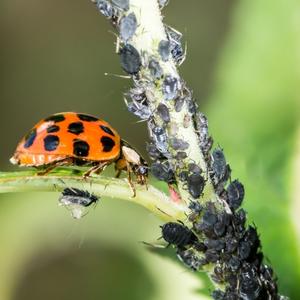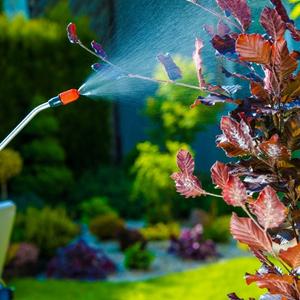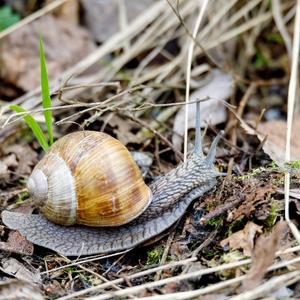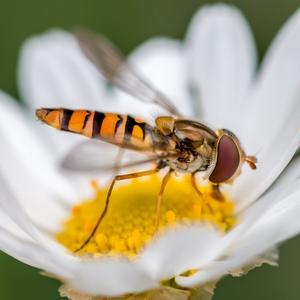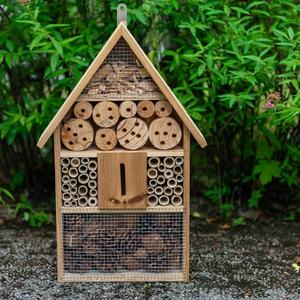You starting to see more bugs in the garden?
It can be tempting to want to go out there, all guns ablazing, ready to annihilate all those pesky pests from your beloved flowers.
However, it is important to keep in mind that with critter control in gardens, the aim is not to remove all bugs completely.
It is possible to protect your plants from serious damage while maintaining an environment that attracts a variety of critters.
Working in harmony with nature encourages more diversity in the garden. This way the environment will be more balanced and it will require less interference from us.
These are some general chemical-free methods that can help control pests.
Good Hygiene
For humans, keeping things clean is in the best interests of our overall health. And it is similar with plants. Good cultivation and sanitation are the best first steps in preventing pest and disease problems in the first place.
Just like people, when plants are stressed and unloved their health suffers and DIS-ease soon follows.
So keep them well-fed and appropriately watered. Rather more seldom, long watering than frequent shorter sprinkling.
However, sometimes in spite of our efforts, disease still blows in from somewhere or certain weather brings pests to the party.
When this happens it’s best to keep an eye on your plants and keep the number of pests down, as viruses can be spread by insects.
Traps
Sticky or pheromone traps for whitefly, codling moth and plum moth can be used to good effect. This won’t get rid of all of them but it will help keep the numbers at a manageable level.
Manual Removal
If you are in your garden regularly, most bug infestations can be prevented pretty easily by manual removal. Hosing your plants can be an effective way to get rid of bugs like aphids and slugs and snails can easily be picked off.
Helpful Habitats
Some swear by what has been called “companion planting”, whereas others have found it to have little affect at all. Again, nature has so many intricate symbiotic relationships woven through it. It’s not as simple as "plant X and you’ll get Y" (interesting discussion on this here).
So here are some suggestions on plants and habitats to try that could help attract natural predators that feed on the pests. Experiment and see what works for you:
- Coriander, Caraway, Dandelions, Fennel, Marigolds, Sunflowers, Thyme and Yarrow is loved by ladybirds that like to feed on aphids
- Open flowers that have easily accessible pollen and nectar such as ones in the daisy and umbellifer families attract short-tongued hoverflies that predate on pests
- Beetle banks and ground cover can attract ground beetles that feed on snails and slugs. If you buy or make a Bug Hotel, make sure it is kept dry (bugs don't like the damp)
The Crux
All in all, it seems the key is to let them all be and do their thing as much as possible. The more we start nitpicking, trying to create a perfect pest-free environment, the worse things tend to get. And the more work it is for us!
In the end they’re not really "pests". They’re all just part of a wonderfully made food chain that effortlessly takes care of itself when it’s in balance. All without our assistance!
In our next post we’ll go in to how to spot what’s bugging your alstroemeria and what you can do to bring about a balance.
